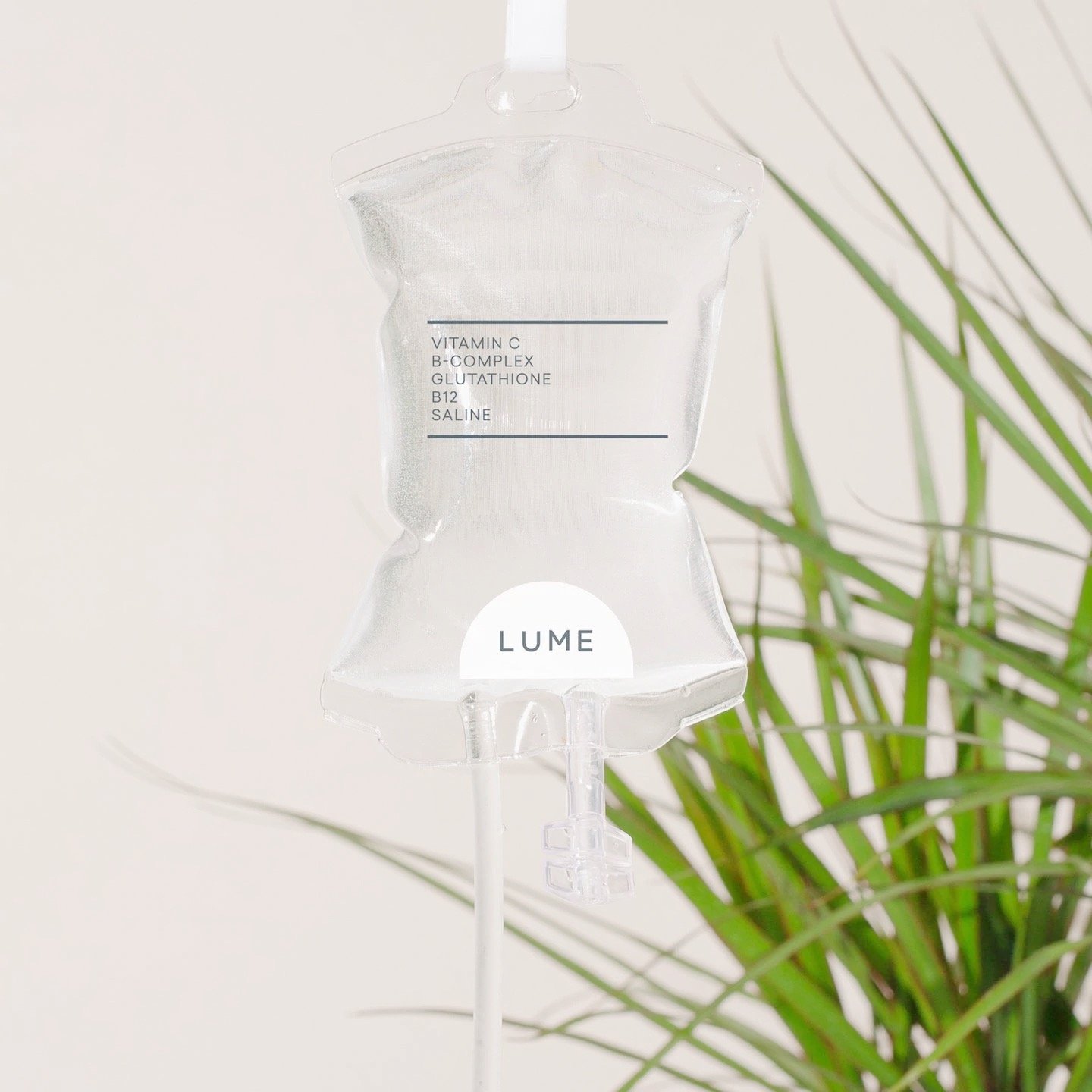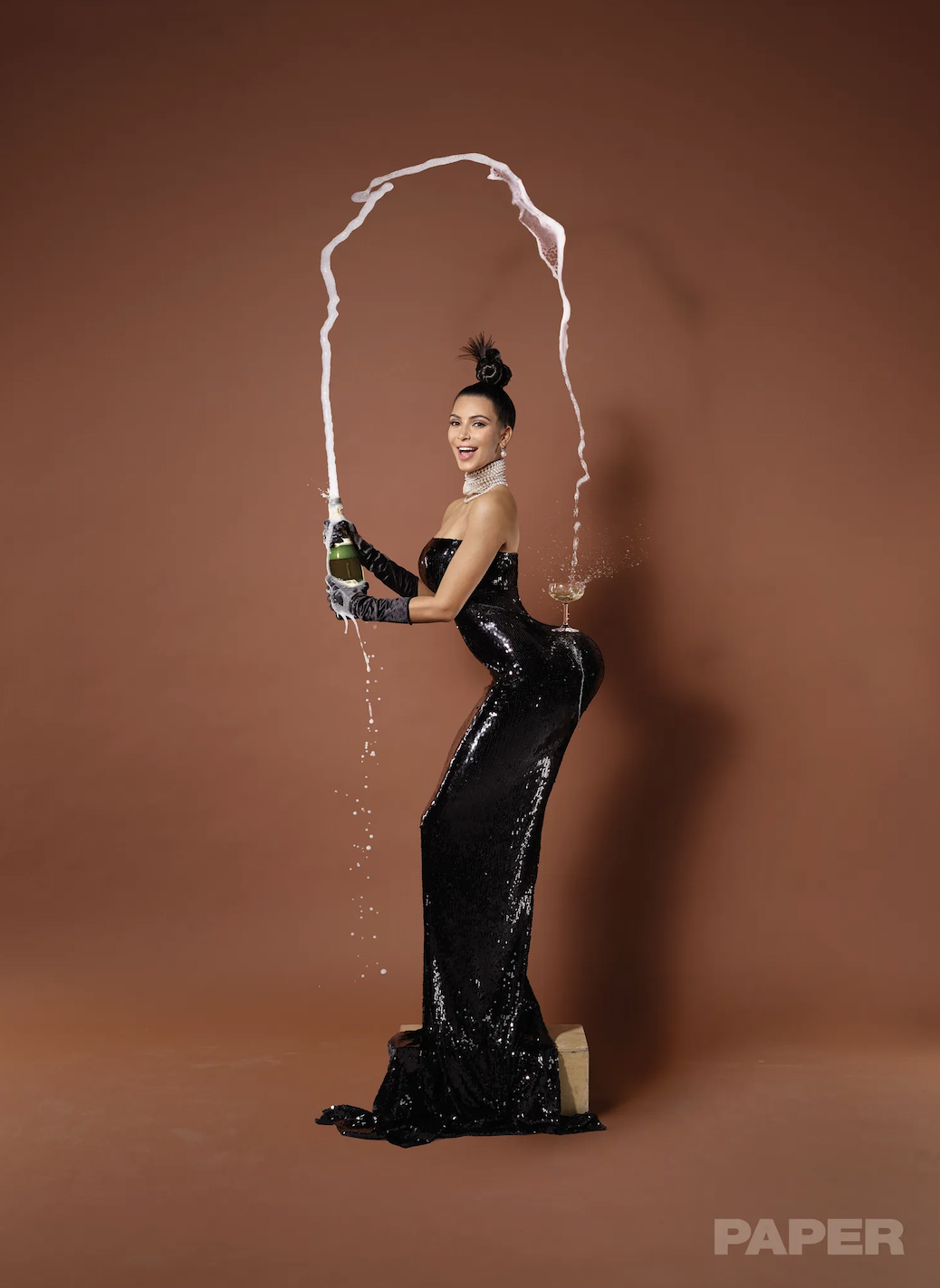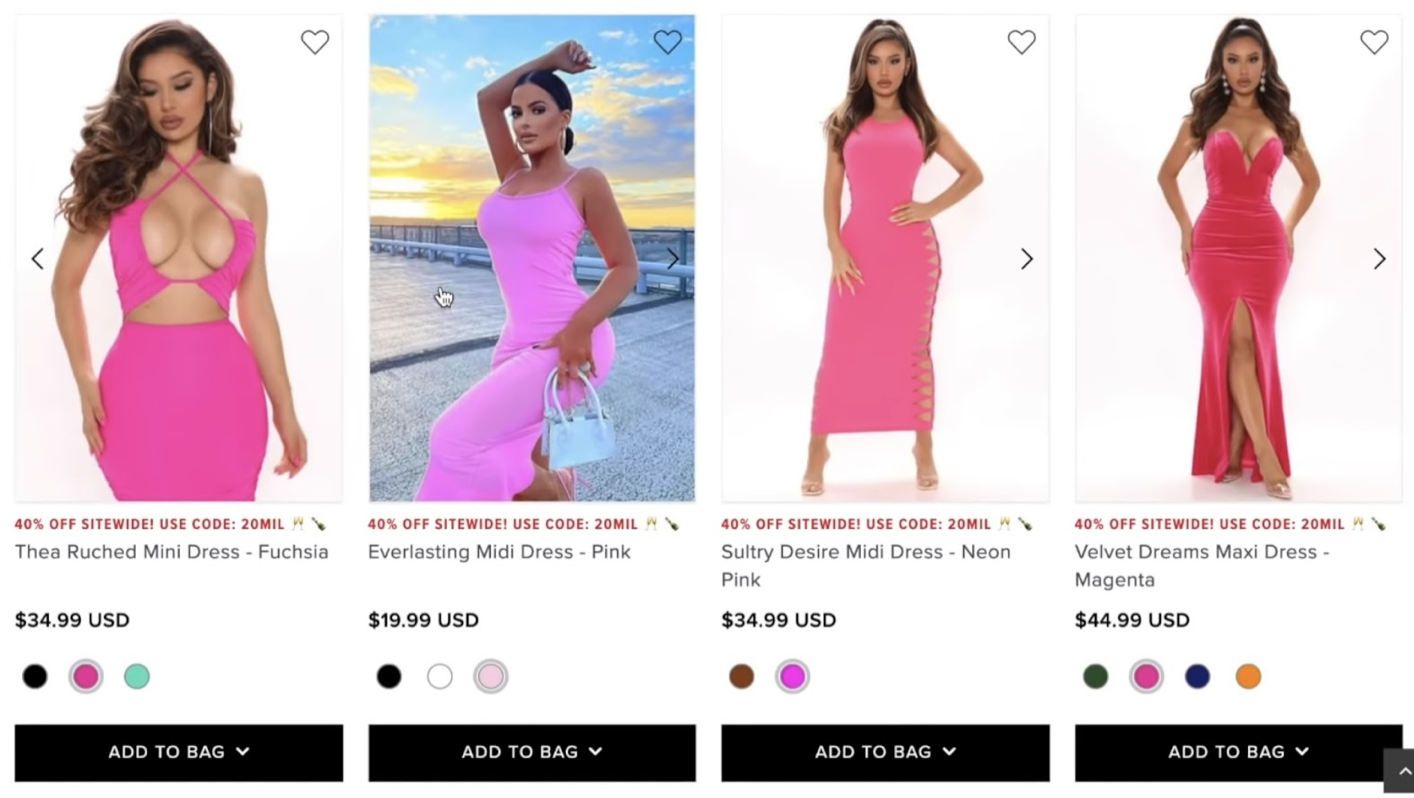The BBL Effect: The Rise of the Most Dangerous Cosmetic Surgery
By Omia Haroon
The BBL effect, a term coined by TikTok user @antonibumba, is the newfound and exaggerated mannerism of wealth and confidence that follow a BBL.
Glamorizing the most lethal cosmetic surgery one can undergo, even in meme form, segways into a darker trend which @antonibumba addresses in a more serious TikTok. According to the Aesthetic Surgery Journal, two out of 6,000 Brazilian Butt Lifts result in death. The surgery requires taking fat from other areas of the body, like the stomach, and injecting it into the butt, hips, and thighs. The buttocks contain many blood vessels, some of which provide a direct line to the heart. Fat can be mistakenly injected into those blood vessels, leading straight to the lungs and heart, causing an instant death.
Experience can be the defining factor in the outcome of a BBL, a factor that varies wildly among BBL providers. While board-certified plastic surgeons are required to have six years of training, board-certified cosmetic surgeons only need one year. Even those who are not surgeons can take a brief training course and become “certified” to provide BBLs. The Aesthetic Surgery Board found that only 17.8% of people using the plastic surgery hashtag on Instagram were actually board-certified plastic surgeons, making misinformation another hazard in the process.
Recovering from a BBL is extremely intense, despite surgery being labeled as an easier method of obtaining your dream body. Agonizing lymphatic massages are required daily, for weeks, to drain the body of excess liquid. Patients cannot sit down or lie on their back for up to a few months. And since many travel to low cost and high volume BBL hubs like Los Angeles, Las Vegas, Miami, and the Dominican Republic, following up with providers who often change the name of their clinic frequently to avoid a researchable reputation, can be impossible.
Despite the risks and recovery, the amount of BBL surgeries performed has increased by 77.6% since 2015. Kim Kardashian’s 2014 Paper Magazine cover, featuring her balancing a champagne glass on her posterior, represents another fluctuation in trendy body type.
Break The Internet Kim Kardashian
Praised for their unattainable hourglass figures, the name Kardashian became synonymous with aesthetically altered butts. Meanwhile, plus size women, women of color, and particularly black women, were and are disparaged for their natural bodies. Now, arguments ensue over what counts as natural, even following a BBL procedure. Comment sections argue underneath videos sharing BBL results, either congratulating or condemning the look of the poster’s new body.
Comments under @lainaforsythe’s bbl results TikTok.
Our understanding of what bodies are supposed to look like is distorting in real time. Companies like Pretty Little Thing and FashionNova are building their brands on a very particular body: a body built on lifted breasts, liposuction, and butt enhancement. Impractical garments that are designed for surgically altered bodies normalize drastic body modification, which only pressures more people into getting such a dangerous surgery.
An example of clothing available on FashionNova's website.
What people do with their bodies is, of course, up to them. However, the exponential rise in interest presents a disturbing trend, considering the dangers of Brazilian Butt Lifts. The lack of verified information can lead to disastrous consequences for patients. Chasing an evolving beauty standard at the cost of safety and health epitomizes the elusiveness of said standards.



